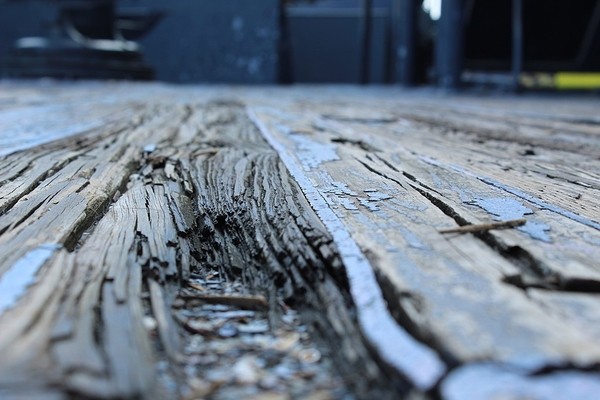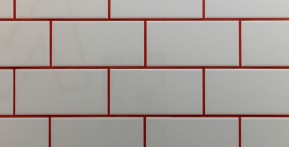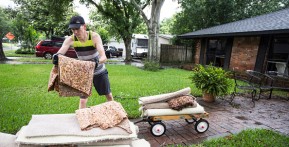
An outdoor wood deck is a perfect place for entertaining guests or for simply having a bonding moment with the family. Wood rotting can compromise the structural integrity of your deck. When this happens, it is best to immediately remove the rotten portion and replace it to prevent the rotting from spreading.
How does dry rot form?
Constant exposure from moisture turns your deck into a breeding ground for fungus, mold, and mildew. Galvanized nails and screws can also cause rot due to oxidation. Insects and pests, including termites, also contribute to wood rot.
Over time, these factors cause the wood to rot, thus the need to limit the deck's exposure to moisture and regular inspection and cleaning to help minimize the chances of, if not totally prevent wood rotting.
Are there rot-resistant woods?
There are certain types of wood that are highly resistant to rotting, including mahogany, cypress, redwood, and cedar. But, wood decks are, by nature, very susceptible rotting due to constant exposure to moisture. So, you will still need to perform regular maintenance to detect signs of rotting at its early stage.
Signs of wood rot
Tell-tale signs of dry rot include soft and spongy texture and discoloration on the wood. You may also see bits of the wood flaking off or falling apart. Other indicators are long streaks of greyish mold, a wood portion that is darker in the shade, areas showing pest damage.
To check for other signs, you may inspect the posts that directly come in contact with the ground and see if there are soft spots. Also, inspect surrounding areas that are exposed to sources that could cause wood to rot, such as plumbing leaks, faulty gutter, and other water pooling. Or better yet, contact a professional for a thorough inspection and expert advice.
Read also: The Pros and Cons of 3 of the Most Common Types of Home Flooring
What to do with wood rot
Wood rot is not only unsightly, but it makes your deck very dangerous for your health and safety; thus, it has to be removed. If you need to do-it-yourself, you need to protect yourself from potentially dangerous bacteria, mold, and other spores that often accompany a dry rot, by using an N-95 respirator. You also need to have a claw hammer, safety glasses, gloves, reciprocating saw, pry bar, and a screwdriver.
Use a pry bar or claw hammer to remove the rotten deck boards, prying out as many of the affected sections as possible. Then, you turn the boards over and remove the nails by pounding them from the back and turning the board over again to pull out the nails with a claw hammer.
Any remaining rotten wood, along with the nails, attached to the joist may be pried off using a claw hammer or pry bar.
For the rotted deck post, you may cut them off in several sections using a reciprocating saw, cutting on one side of the post then shifting on the other side until you completely cut the whole thing.
To remove rotten railings and guards, use a hammer to hit from underneath. You should then be able to dislodge the nails that are keeping the rails and guards attached to the balusters and posts. Slide the pry bar under the railing and then pry it upward until the rotten railings and guard have been removed.













